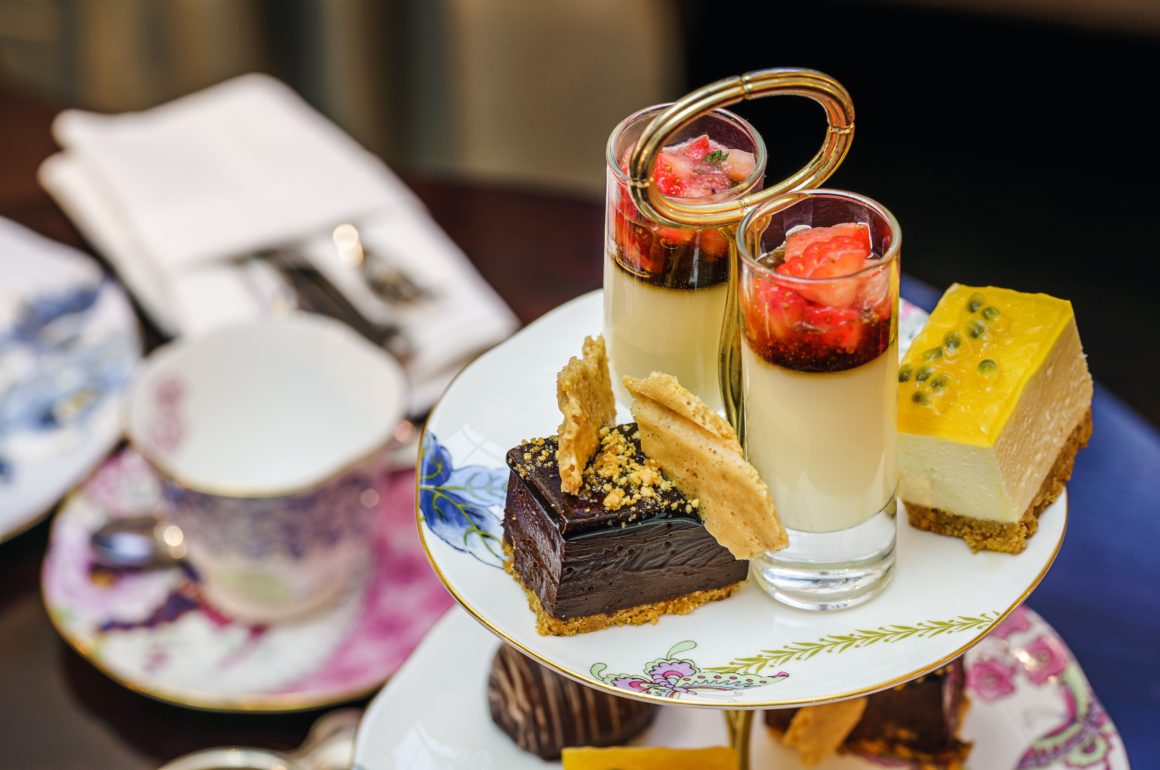
At Luxury Gold our love of food runs deep. On every one of our luxury guided-tours guests are able to enjoy a meal at a critically acclaimed restaurant. Whether it be a meal at Michelin-starred Mamma restaurant in Capri on our Ultimate Italy vacation or Hoshinonaruki in Tokyo on our Majestic Japan guided-tour. Our love and passion for desserts is as formidable as their savory counterparts and in this blog we will be focused on all things pastry!
Origins of Pastry
Pastry as we know it today – in all its crumbly, flaky, buttery glory – is a far cry from where it all began in ancient and classical times. It is believed that the ancient Egyptians, Greeks and Romans all used a filo-type pastry (a simple mix of flour and oil) to create honey cakes, fruit pastries, sweet tarts and dumplings stuffed with dates and nuts. They even added natural sweeteners available to make these delicacies.
The Romans also created a plain paste made up of flour, oil and water which wasn’t created for consumption but to protect meat whilst cooking and as such was discarded.
Medieval masterpieces
In the late Medieval period fuller pastry recipes that resemble the shortcrust and puff versions we are more familiar with today started to appear. In the 14th century, what is believed to be the earliest English language cookbook, refers to chastletes and coffins – early pies and tart cases. To add color to the dough, egg yolk and saffron were commonly used in the 15th century. At a similar time chefs became more daring with their creations and developed the hot water crust pastry and hand-formed game pies that were usually the star of banquets and galas.
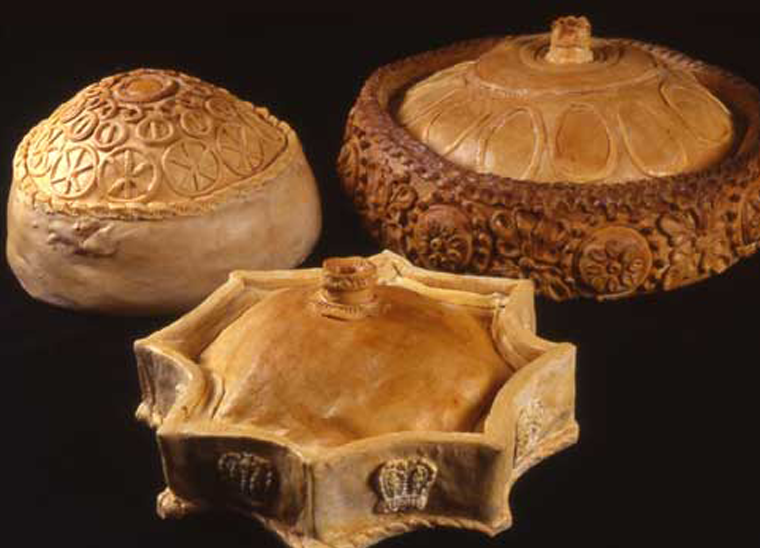
Decorated Pies
‘Four and twenty blackbirds baked in a pie’

Do you remember the nursery rhyme where birds fly out of a pie and sing for guests? You might ask yourself how they did this? In medieval times the crust was thick, and could be baked first, and would rise forming a pot, hence the term “pot pie.” The lid would be removed from the pie, and the birds would then be set inside, the lid put back on, and then this wildly entertaining dish placed before the host of the party.
Enter French Fancies
In the 17th century, pastry-making became increasingly fashionable – British bakers prided themselves on the techniques and elaborate decorations used for their creations and were inspired further by the culinary developments happening across the Channel in France. Puff pastry was supposedly created by French painter and apprentice cook, Claude Gelée, in about 1645, when he accidently created a laminated dough when trying to make a form of rolled butter cake. The addition of butter or lard to pastry led to rich buttery confections that helped grow the popularity of French pastry desserts to the epitome of fine dining. French pastry master, Marie-Antoine Carême (1784–1833), is widely considered to be the first ‘celebrity chef’, bringing pastry into the world of grande cuisine. His creations were elaborate and queues would form to see the windows of his Paris patisserie shop where they would be on display. He later went on to cook for European leaders including Royalty. It was Carême who developed the layered Mille-Feuille, a pastry with a ‘thousand leaves’ which is often filled with cream and fruits.
Modern Day Deliciousness

French Fancies. Photo by Sebastian Coman Photography
Fast forward a couple centuries and ‘French Patisserie’ is still as revered but the trend has truly gone global with thousands of regional variations. Pasty can be found in Michelin-starred restaurants in elaborate and delicate desserts or on picnic blankets in the form of pies or quiches. You can eat pastry for every meal, whether it be a pain au chocolat in the morning, a Cornish pasty for lunch or a fruit cobbler topped with American style drop biscuits after dinner. What the team at Luxury Gold are sure of is that the versatility of pastry needs to be explored with many a taste test!
To whet your appetite, we share some of our favorite ‘French Patisserie’
- Paris Brest Recipe Here
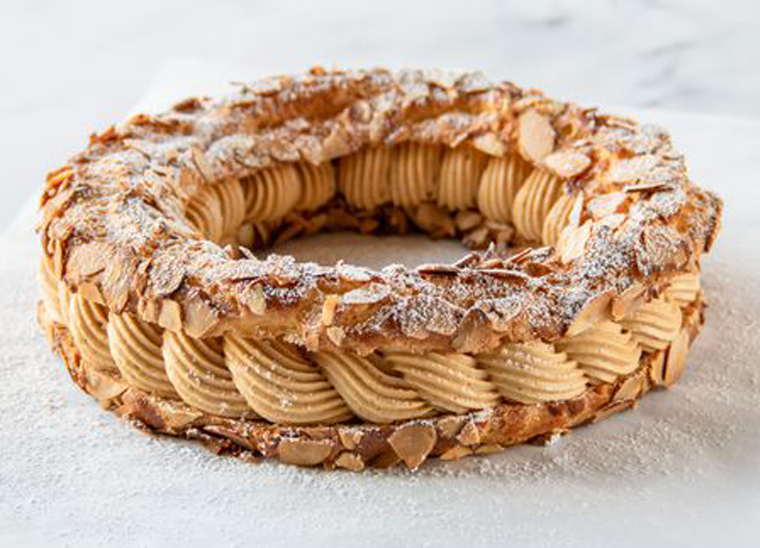
Paris Brest by Serious Eats
The Paris Brest patisserie is a wonderful combination of crisp choux pastry and a praline mousse. It was created upon request from the organizer of the Paris to Brest bicycle race in the early 20th century. Its circular shape represents the wheels of the bicycles racing.
- Mille-Feuille Recipe Here
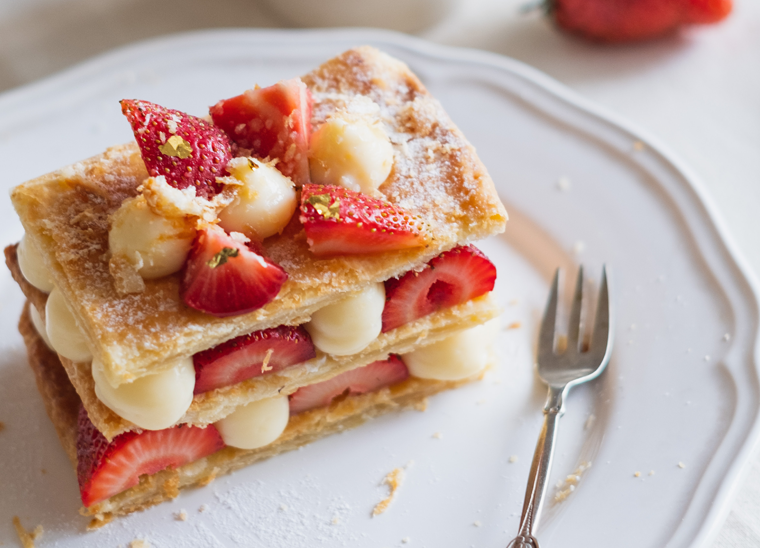
Mille Feuille. Photo by Dilyara Garifullina on Unsplash
Mille-Feuille or ‘a thousand leaves’ in French where this delicious dessert comes from is composed of three layers of light as air puff pastry (hence the thousand sheets) filled with a vanilla custard. The modern version has been elevated in lots of different ways including the addition of fruit and chocolate marbling by chefs worldwide.
- Opera Recipe Here
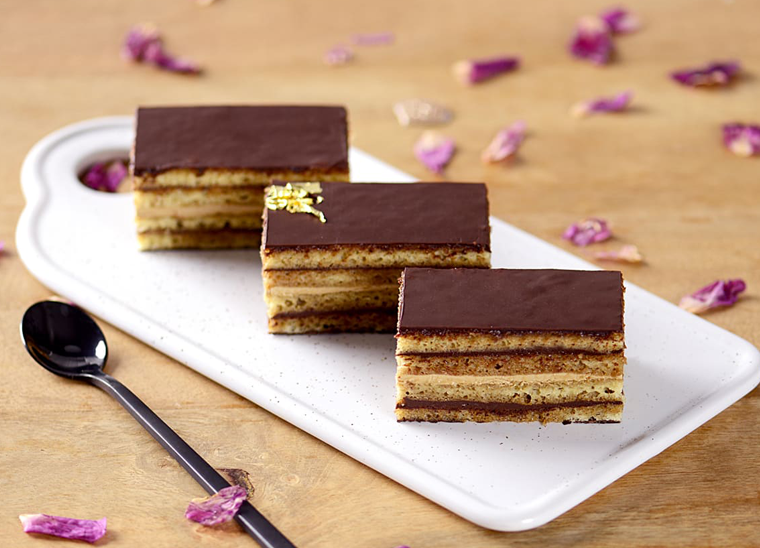
Opera Cake. Photo by Meilleur du chef
These are easily identifiable next to other French delicacies by their thin and oh-so-pretty layers of almond and coffee soaked sponge, ganache, coffee, buttercream, and topped off in a very glossy chocolate glaze. The Luxury Gold team’s favorites are adorned with gold leaf.
- Palmiers Recipe Here
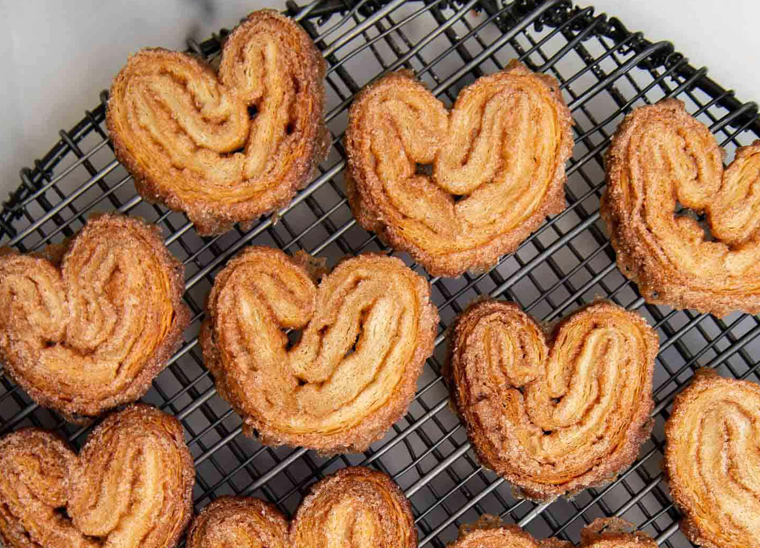
Palmiers. Photo by The Little Epicurian
These will have you thinking of a holiday in no time! Shaped like a palm leaf these cookies are a melt in your mouth treat that combines lots of butter and sugar. Even better they are easy to make at home.
- Tarte Tatin Recipe Here
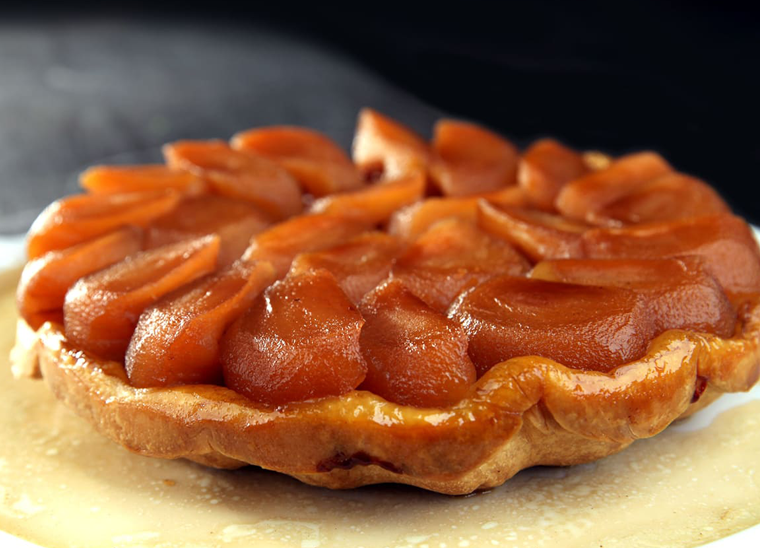
Tarte Tartin. Photo by Meilleur du chef
We couldn’t finish a blog about pastry without a nod to the famous Tarte Tatin. This tarte where the fruit is caramelized in butter and sugar prior to baking the pastry was first invented in the Hotel Tatin in the 1880s close to Paris. Legend has it that it was baked upside-down by mistake but still served to guests. Regardless of the origins of this tarte its popularity has spread and you can find different versions in many restaurants and homes.





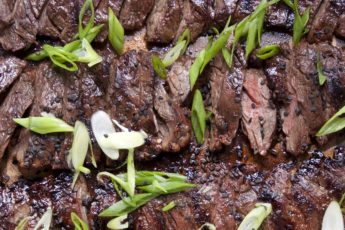





Leave a Comment